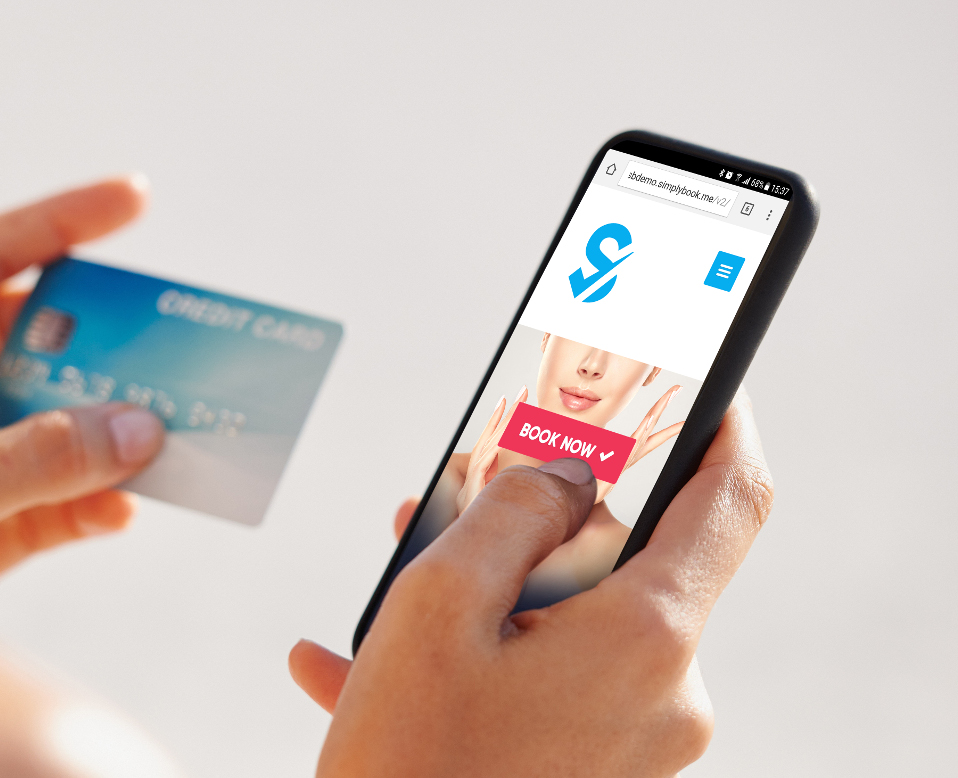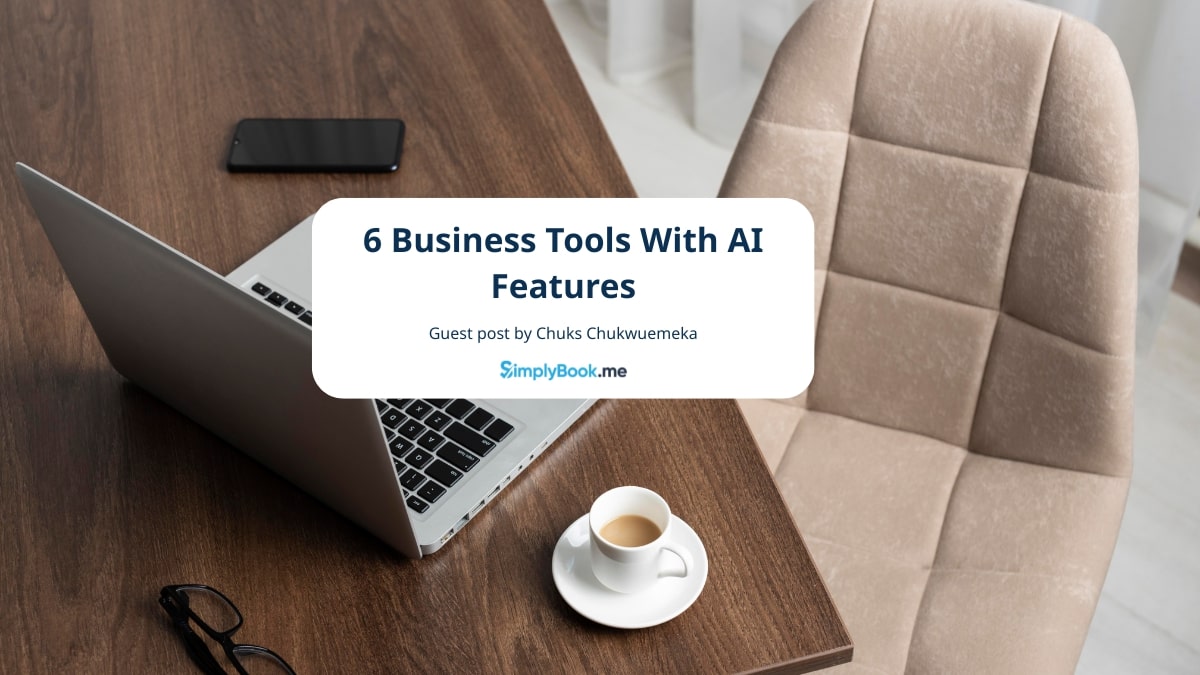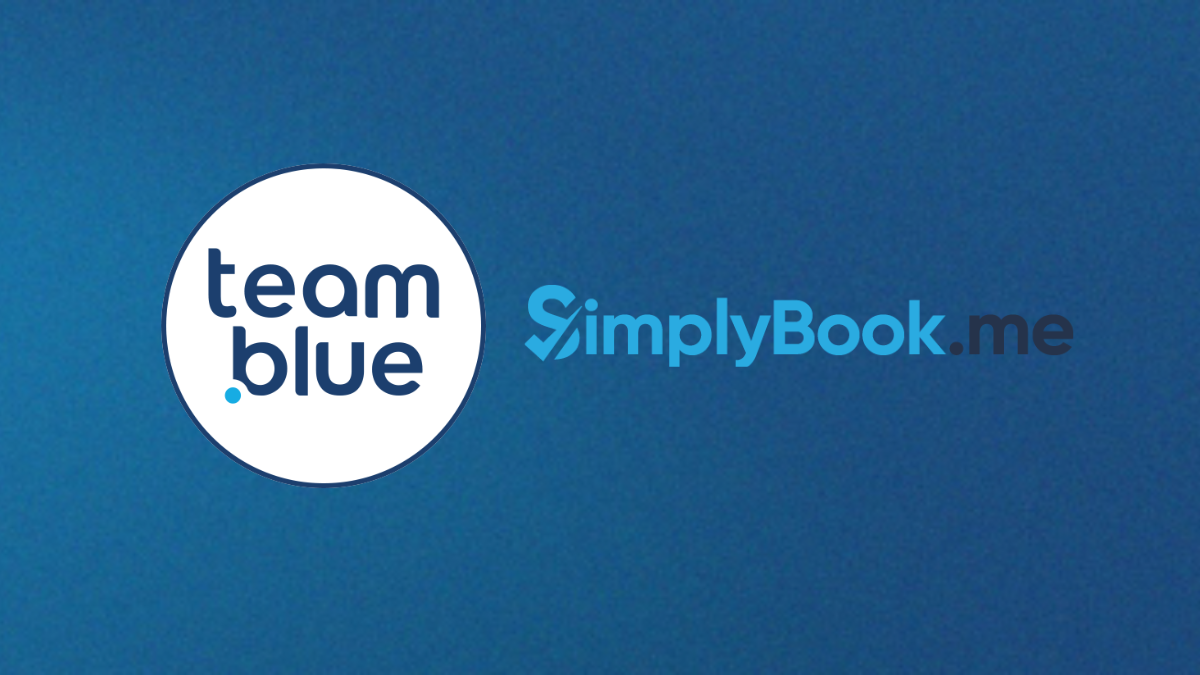Friday Feature: Linking Payments with your Online Booking [VIDEOS]

This post is also available in:
![]()
![]()
![]()
When your clients book appointments with you, whether they do it online, by phone or they walk in, you want to keep track of their payments. Moreover, you want it all to collate in a single place. By linking online and onsite payments with your booking schedule, you can report on your income quickly and easily. By linking payments with your online booking system, you save time and effort that you could better spend elsewhere in your business. Also, by accepting payments through multiple channels and at different points in the process, you increase access and engagement with your brand and services.
Accepting Payments – you need to get paid
No matter your business, the result is always to get paid. How you let your clients and customers pay you is a defining feature of your business model. If you don’t accept payments in a method with which your clients are comfortable and happy, you will lose the client.
I’m not suggesting that you pander to EVERY client’s wishes, you don’t want to receive payment in unusual currency or vegetables, but providing the most popular and most requested payment channels will give you the most considerable scope of clients.
If your business operates in a physical location with in-person services, you can provide the broadest range of payment options available. If you provide services remotely or entirely online, you will find some constraints in the methods of payment you can receive.
How people pay
I’ve covered the different methods that people like to use in a previous article about choosing how you want to get paid. However, to be sure that you know what options clients might make:
- Cards – debit & credit variations
- Cash
- Payment portals & gateways – PayPal, Stripe, Adyen (and many more)
- Mobile Pay
- Digital currency – Cryptocurrency news might wax and wane, but it’s still with us
- Cheques – Yes, they are still a viable payment option even if they have fallen in popularity over the past decade
- Wire Transfer
If you operate purely online or require payment to secure online booking, that will constrain your payment channels to those that you can process over the internet – that removes cash and cheques from the lists.
Linking online payments with your online bookings
When you require payment, in full or part, to secure a reservation, you create an easy-to-follow relationship between your revenue and the services you provide. Creating this link makes it easier for you to link your business income with service popularity and frequency.
The link might not seem important right now. However, when you think about expanding your business or changing the services you offer, that information could be invaluable to your decision-making process.
You may be in the position where you don’t require payment to secure an appointment or reservation with your service providers. It’s a valid position if your services are low cost or short enough not to cause a problem with your income if someone doesn’t turn up. You can allow for delayed payment.
It’s common in some service sectors that people are unwilling to pay more than a nominal deposit. Industries, where people want to see the outcome before they pay for a service, include things such as the beauty sector, healthcare, household services and design/creative services. Neither you nor I want to pay in advance for someone to cut our hair or design our new home decor without seeing the outcome first. Would you pay for a stylist to turn your hair green by accident?
If your bookings are online, but your final payments are not, how then do you continue to link payments and service provision, easily and without extra effort?
Point of sale – Keep it all together
If you can link your point of sale (POS) system with the same online booking system that allows you to accept online payments and deposits, why wouldn’t you do that? If a client walks in when you have an appointment available, surely you would offer them the service they require. But they haven’t booked, they haven’t scheduled in advance, so how will you get this in the system that lets you report on your business performance?
The answer is a POS system that links with your payment channels and your booking system. If you can create a booking for a walk-in client from the POS system, the appointment, the service they wanted, and the payment they made will all enter the system. The information will be ready for you to collate and report on, whenever necessary whether that’s in time for tax season and your accountant’s ease, or your regular business monitoring.
Unlike your booking system, you don’t even need to create a client account for your walk-in clients, you can create a guest appointment that will still enter your booking system.
Bridging the Gap – Online Deposit to On-site Completion
The integrated POS system also makes sense when you think about the possibility of a client making a deposit online and settling the balance in person. If you consider the effort, time and expense involved in using multiple types of software to maintain online scheduling, on-site payments and then the hassle of linking those together – you are better served by a single platform that can do all of it.
When a client pays a deposit online to secure their appointment booking, the ideal process would be for your system to generate an invoice for the outstanding balance on completion of the service. When you link your online booking system with both online and on-site payments, you have a straight line between the actions that occur online and in person. You don’t need to rely on multiple steps between the two, any of which could fail if you use various pieces of software.
Keeping things simple, but keeping customers happy
It doesn’t matter what kind of industry your business operates in; you want to make your life easier, while still keeping your clients happy. By integrating all of your appointments and payments together, you have a far easier time of keeping your business records balanced and accessible for monitoring. At the same time, you need to keep your clients happy by giving them the options they need to make your business their first choice.
Your business type will affect the payment model (or models) that work best for you. In essence, you have three payment options.
- Pay in advance – Full payment on making a booking
- Deposit now: Balance on Completion/Arrival – You decide how you want to split that payment
- Payment on completion – Full payment after service completed.
This means that your clients potentially have three times when they can make a payment and up to seven different ways of making their payments, depending on the ones you choose to accept.
Which payment points are good for you?
For many businesses, a choice of two of the three payment points would work best for them.
Industries such as education, business and professional advisories, and sports and fitness, the outcome relies on how the client uses the training, advice or sports coaching. These types of business can easily demand advance payment, or at the very least a deposit to secure a booking and then payment on arrival.
Industries where the outcome is entirely dependant on the service provider, such as beauty treatments, healthcare, and services such as cleaning or house remodelling, require the client to be happy with the service provided before they are willing to pay up. Once again, these types of business can easily request a deposit in advance to secure a work start date or a booking. However, most people are unlikely to pay without experiencing a positive outcome.
Bookings, Walk-ins, Payments & Reports
One system to contain them all! A poor paraphrasing, but in this case, it’s a good thing. Why would you use a myriad different processes and software integrations to do the single job of keeping track of your services and payments? You wouldn’t.
You want your business to run smoothly, and you want a seamless transition from booking to service completion. Whether that requires payment at the beginning, the end, or a bit of both. What you don’t want to do is spend lime time and money using separate systems, combining the information, and then making it show you what you want – with a lot of unnecessary effort in between.
Using the SimplyBook.me system to take bookings, accept payments online and onsite, and collate all of your bookings and payments into reportable monitoring data is a streamlined example of how your system should work. Anything else is just a lot of hard work. Linking payments with an online booking system are just good business.


Comments
1 comments